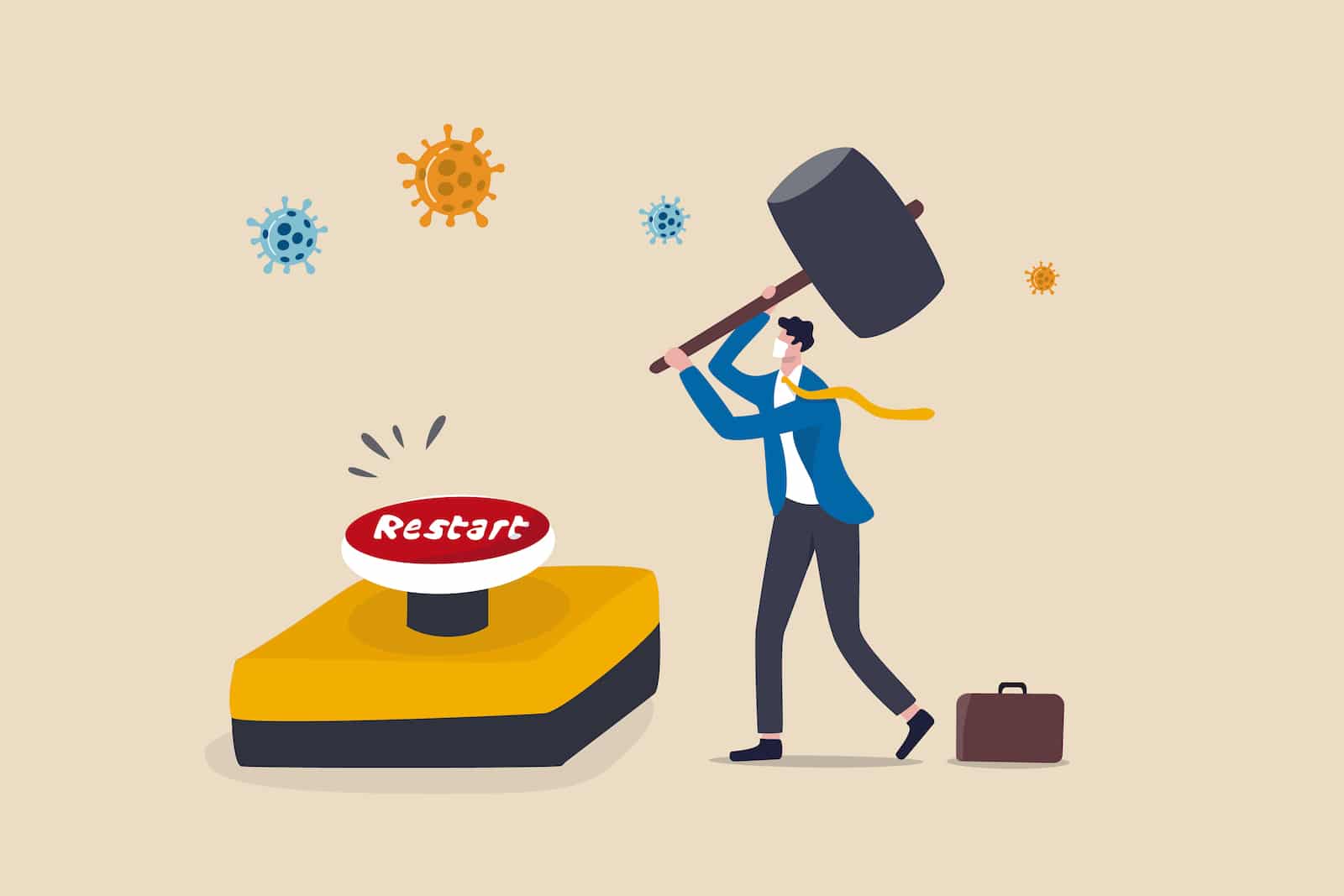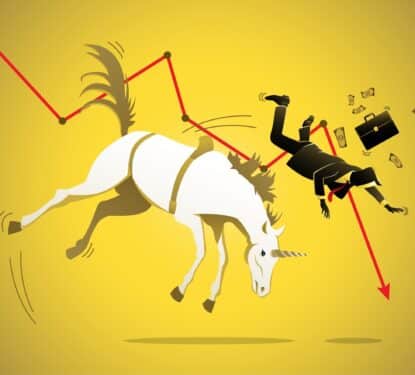We has charted the fortunes of the worlds physical security business over the last 12 years. Despite cycles of poor world trading conditions and slow economic growth it has delivered a compound annual growth rare (CAGR) of 6.6%; reaching 8% in its peak year of 2019. Then along came COVID-19.
GDP has drastically reduced and in some countries by as much as a 20% in April this year compared with the same month in 2019. How quickly we can get back to normal will depend on how fast we can contain COVID-19. The physical security business will play a significant role in the "new normal" post-COVID but at the same time it poses a huge challenge for the industry.
COVID-19 and the resultant lockdown this year has stopped normal business operations and this has stemmed the flow of business. The immediate future depends upon releasing the lockdown and introducing measures to contain COVID-19. Lockdown is gradually being released and very substantial financial aid is being given by many governments to assist all businesses to hasten the return to normal.
Whilst the drive to improve the performance of Physical Security products will not be stunted by COVID-19 it will be more difficult for customers to find the budget to invest and therefore they have to be convinced that they will get a quick return on their investment. In this challenging economy, customers will be demanding more value from their investments and will be less willing to commit to upfront capital expenditure; making ACaaS and VSaaS even more attractive than 6 months ago.
This business model is defined as one in which the customer purchases a service or subscription from a third-party service provider that then delivers the service through assets it owns, maintains and improves. “Servitization” replaces the single transaction for delivery of a product with continuous service while improving the customer experience throughout the lifecycle of the asset.
This shifts the investment off the building’s balance sheet, as the total service eliminates upfront capital expenditure. COVID-19 has certainly made this service more appealing. We also expect alliance and acquisition will become more important in strategic matters as opportunities open up during the next 24 months.

Similarly COVID-19 has driven growth in “Building Wellness” systems as building operators are now in the process of installing a variety of products in preparation to meet the new standards for opening up their buildings.
Demand for thermal cameras to detect the temperature of visitors to their buildings is growing fast and is now a multi million dollar business. As part of a wider tracking and testing system they can provide employees and clients with a safer environment to work in. COVID-19 has directly given the physical security business some positive drivers.
The question now is how fast can the physical security industry bounce back? At this moment, the most optimistic scenario would be a return to pre-COVID business trading in one year from now provided that the virus is contained by the end of 2020; and a proven vaccine is made available to the world by mid 2021.
In the second less optimistic scenario, COVID-19 could have a second spike this winter and cause a return to lockdown in some countries. Whilst a proven fully tested vaccine might not be available until the end of 2021, which might see pre-COVID business trading not return until 2023.



